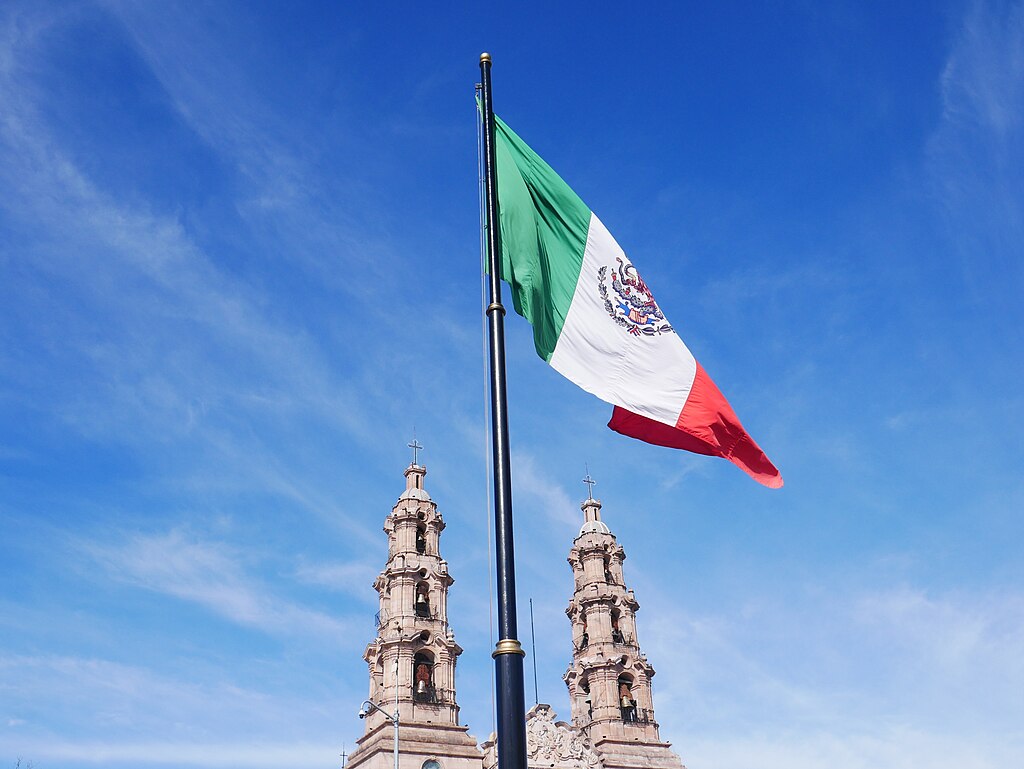US Military Actions in Middle East amidst Rising Tensions
Discover the extensive military measures the US is taking in the Middle East due to escalating tensions involving Iran and its allied groups.
Published August 14, 2024 - 00:08am

Image recovered from alhurra.com
The United States is intensifying its military presence in the Middle East as regional tensions escalate, driven by Iran and allied groups threatening to attack Israel. In a recent move, US Defense Secretary Lloyd Austin has ordered several significant deployments to bolster the region's military readiness.
In a telephone call with his Israeli counterpart, Yoav Gallant, Austin reiterated the US commitment to taking all necessary steps to defend Israel. This communication comes after the assassination of senior figures such as the political leader of Hamas, Ismail Haniyeh, in Tehran, and a top Hezbollah military commander, Fuad Shukur, in Beirut. These assassinations have markedly heightened regional tensions, with Israeli intelligence reportedly anticipating a potential Iranian attack on Israel within days.
As part of these defensive measures, the US has expedited the deployment of the aircraft carrier USS Abraham Lincoln to the US Central Command area of responsibility in the Middle East. This carrier, which belongs to the Nimitz-class, is equipped with F-35C fighters and is renowned for its formidable strike capabilities. Additionally, the guided-missile submarine USS Georgia, capable of launching ballistic missiles and operating on nuclear power, has also been sent to the region, enhancing the US Navy's strategic depth and responsiveness.
In response to the developing threats, the US has also reinforced its air presence. Fighter jets such as the F-22 Raptor, known for its stealth, speed, and high maneuverability, have been positioned in the Middle East. The F-22 Raptor, which can engage multiple targets, is increasingly a critical component of the US Air Force's strategy in the region.
Austin's directives also entail the readiness to deploy additional defensive military assets, including more fighter jets, warships, and ground-based missile defense systems. The recent announcement by Pentagon spokesperson Sabrina Singh underscores the US's ongoing efforts to mitigate the potential for regional escalation by Iran or its proxies.
The US military presence in the Middle East has been a constant for decades, with several thousand service members stationed across multiple countries. The deployment footprint includes naval vessels positioned in strategic waters, such as the Arabian Gulf and the Eastern Mediterranean, to provide rapid and flexible response capabilities.
The recent actions follow the reported assassination of key figures linked to Iran's allies, which has led to increased fears of broader conflict. In addition to troop movements, the US military command has reiterated its commitment to working closely with regional allies, including Israel, to ensure stability and security in the Middle East.
As regional dynamics continue to evolve, Washington has been keen to project a stance of power and preparedness. This includes potential contingencies involving Iranian military maneuvers, as indicated by recent intelligence assessments. With military bases across Bahrain, Egypt, Iraq, Israel, Jordan, Kuwait, Qatar, Saudi Arabia, Syria, and the UAE, the US holds a strategic position to oversee and respond to unfolding events in the region.
Moreover, the US Central Command headquarters in Qatar plays a pivotal role in coordinating these extensive military operations. In light of escalating threats, coordination with allied nations remains a top priority to maintain a cohesive defense strategy.
In the broader geopolitical context, the US continues to reinforce its military capabilities and readiness in other parts of the world as well. The Navy's recent history includes the deployment of the USS Theodore Roosevelt and accompanying destroyers capable of intercepting ballistic missiles, demonstrating the US's versatile military strategy.
It is essential to monitor how these developments unfold, as the risk of confrontation in the Middle East could have significant global repercussions. For now, the primary focus remains on safeguarding strategic interests, defending regional allies, and ensuring stability through a robust military presence.







